Chili Con Carne: The Spicy Melting Pot of Global Flavors
Spice up your dinner routine with a dish that brings together the soul of Latin America, the fire of the American Southwest, and a dash of global influence. Whether you're a spice pro or just starting to explore the world of chiles, this recipe for chili con carne is your passport to flavor town.
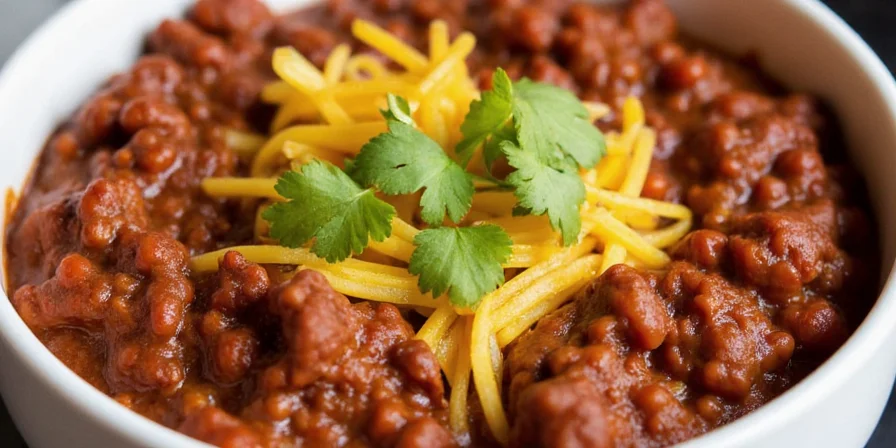
Table of Contents
- A Brief History: From Cowboys to Chili Queens
- The Spice Lineup: What You’ll Need
- Pro Tips: Mastering Your Meaty Melody
- Global Twists: How the World Does Chili
- Step-by-Step Guide: Making the Ultimate Chili
- Serving Suggestions & Toppings That Pop
- Storage & Reheating Like a Boss
- FAQ: All Things Chili (Con Carne)
A Brief History: From Cowboys to Chili Queens
Before we dive into pots and pans, let’s take a short trip back in time. Chili con carne — literally “chili with meat” — has roots deep in Texas soil. It was born from Mexican settlers and cowboy cookouts, evolving into a staple dish sold by the famous “Chili Queens” of San Antonio in the late 1800s.
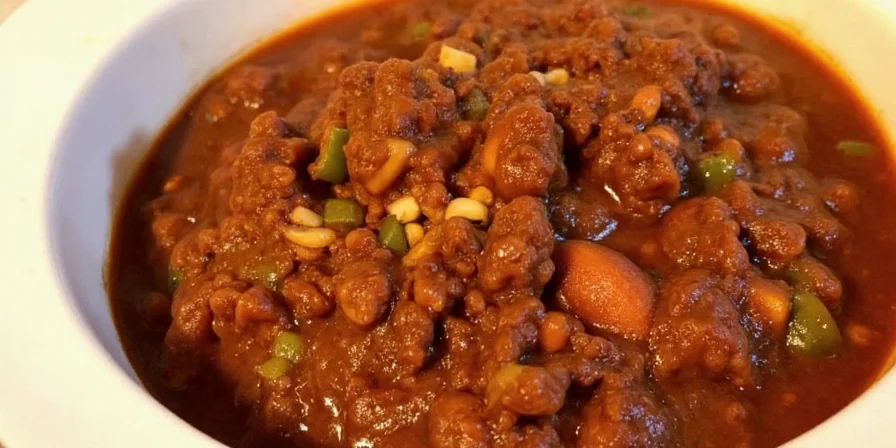
Fast-forward to today, and it’s a beloved comfort food across the U.S., but guess what? The world has taken this humble stew and given it a spicy makeover of its own!
The Spice Lineup: What You’ll Need
Here’s where things get exciting! This chili recipe isn’t just about heat — it’s about harmony between flavors. Here's your cast of characters:
- Ground beef (or go vegetarian with jackfruit or mushrooms!)
- Onion & garlic — always the supporting leads
- Canned tomatoes & tomato paste — richness, please!
- Kidney beans — optional, but classic
- Beef broth — keep that pot flowing
The Spice Rack Superstars
| Spice | Flavor Profile | Quantity (per 1 lb meat) |
|---|---|---|
| Chili powder | Smoky, earthy, slightly sweet | 2 tbsp |
| Cumin | Warm, nutty, and oh-so-Mexican | 1 tsp |
| Paprika | Sweet or smoked, adds depth | 1 tsp |
| Oregano | Earthy, aromatic | ½ tsp |
| Cayenne pepper | Hot-hot-hot! Optional kick | ¼–½ tsp |
| Cocoa powder | Rich, bittersweet undertones | 1 tsp |
Pro Tips: Mastering Your Meaty Melody
Let’s make sure your chili sings instead of sputters. Here are some pro-level moves to add to your cooking playbook:
- Brown the meat first – Get that caramelization going. Don’t rush this step!
- Toast your spices – Add them after the onions and garlic. Let them bloom in oil for 30 seconds before adding liquids. Smell the magic!
- Liquids last – Start with solids and build up layers. Tomatoes go in after the aromatics, then broth.
- Low and slow – Simmer uncovered for at least 45 minutes. Stir occasionally, like you’re tending a campfire story.
- Taste as you go – Adjust salt, spice, or even a splash of vinegar if it needs brightness.

Global Twists: How the World Does Chili
You might be surprised how many cultures have their own spin on chili-like dishes. Here's a quick comparison:
| Region | Dish Name | Key Ingredients | Twist |
|---|---|---|---|
| Mexico | Chili Colorado | Dried red chilies, pork, vinegar | Sweeter, darker chili sauce |
| India | Kheema Curry | Lamb mince, ginger, garam masala | Spice blend + yogurt creaminess |
| Jamaica | Goat Curry | Scotch bonnet, allspice, thyme | Fiery, fragrant, island-style |
| Japan | Japanese Curry | Roux, apples, soy sauce | Sweet-spicy fusion with umami |
| USA | Chili con Carne | Ground beef, cumin, kidney beans | The Texan classic with bold flavor |
Step-by-Step Guide: Making the Ultimate Chili
Ready to roll up your sleeves and dive into the pot? Let’s do this!
- Heat it up: In a large pot or Dutch oven, heat olive oil over medium-high heat.
- Meat madness: Add ground beef and cook until browned and crumbly. Drain excess fat if desired.
- Aromatics attack: Add chopped onion and minced garlic; sauté for 3–4 minutes until fragrant.
- Spice it right: Stir in chili powder, cumin, paprika, oregano, and cayenne. Cook for 30 seconds.
- Add tomatoes: Pour in canned tomatoes (crushed or diced) and tomato paste. Stir well.
- Bean bonus: If using, add drained and rinsed kidney beans.
- Liquid love: Add beef broth, bring to a simmer, and reduce heat. Let it bubble away for 45 minutes or more.
- Taste test: Adjust seasoning with salt, pepper, or even a splash of lime juice or cider vinegar.
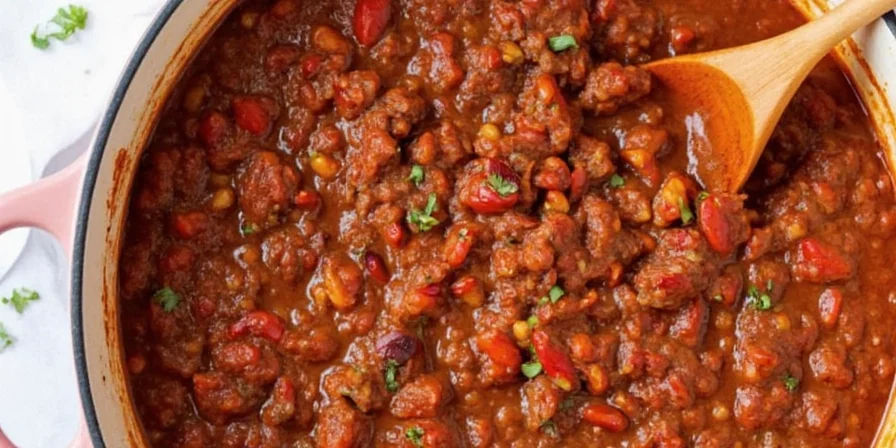
Serving Suggestions & Toppings That Pop
No two bowls need to look alike — make each bite your own with these fun additions:
- Shredded cheese (cheddar or cotija for authenticity)
- Chopped green onions or cilantro
- Sour cream or Greek yogurt
- Lime wedges for a zesty pop
- Crunchy tortilla chips or cornbread on the side
- Avocado slices or guacamole
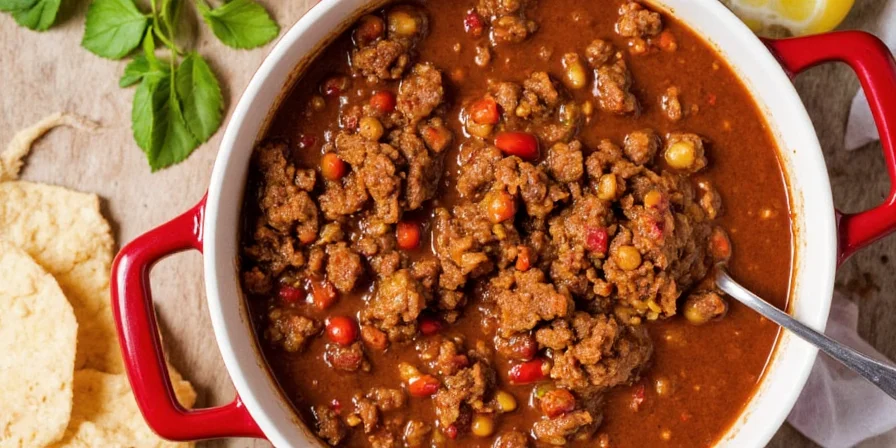
Storage & Reheating Like a Boss
Chili gets better with age! Here's how to store and reheat it like a seasoned chef:
- Refrigeration: Store in an airtight container for up to 4 days.
- Freezing: Freeze in portions for up to 3 months. Thaw overnight in the fridge.
- Reheating: Warm on the stovetop or microwave. Add a splash of water or broth to loosen it up.
- Meal prep tip: Make a double batch and use throughout the week — over rice, pasta, or even eggs!
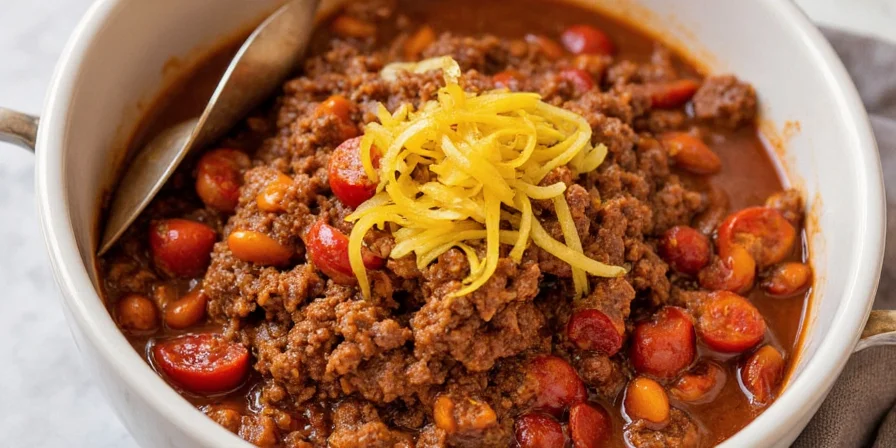
FAQ: All Things Chili (Con Carne)
Q: Can I make this chili vegan?
A: Absolutely! Swap ground beef for lentils, mushrooms, or crumbled tofu. Use vegetable broth and ensure all spices are plant-based.
Q: Is there supposed to be liquid in my chili?
A: Yes! Chili should be thick but saucy. If it’s too thin, simmer longer. If too thick, add more broth or water.
Q: Why add cocoa powder?
A: A pinch enhances the richness and balances the acidity of tomatoes — don’t skip it!
Q: Can I pressure-cook this chili?
A: Of course! Sauté ingredients first, then pressure cook for 15 minutes. Quick release and adjust consistency.
Final Thoughts: Spice Is the Soul of the Dish
Whether you stick to the classic Texan style or go global with new ingredients, chili con carne is a canvas for creativity and a celebration of spice traditions worldwide.

So grab your pot, round up your favorite spices, and get ready to impress your taste buds — and maybe even win a chili cook-off one day!

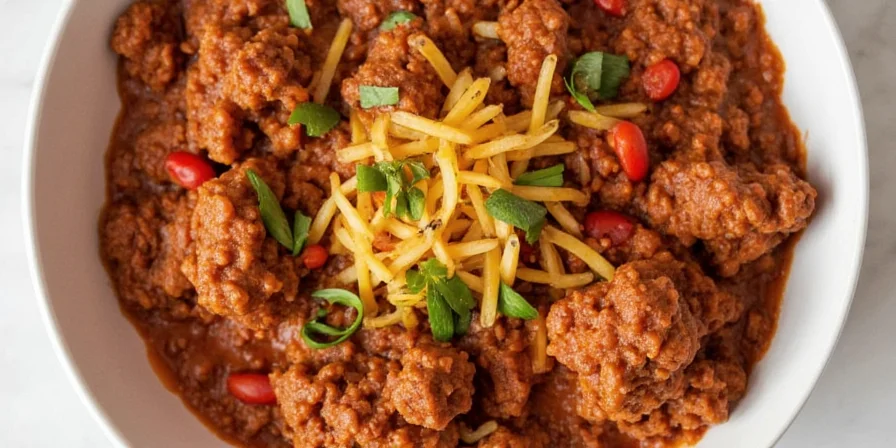









 浙公网安备
33010002000092号
浙公网安备
33010002000092号 浙B2-20120091-4
浙B2-20120091-4